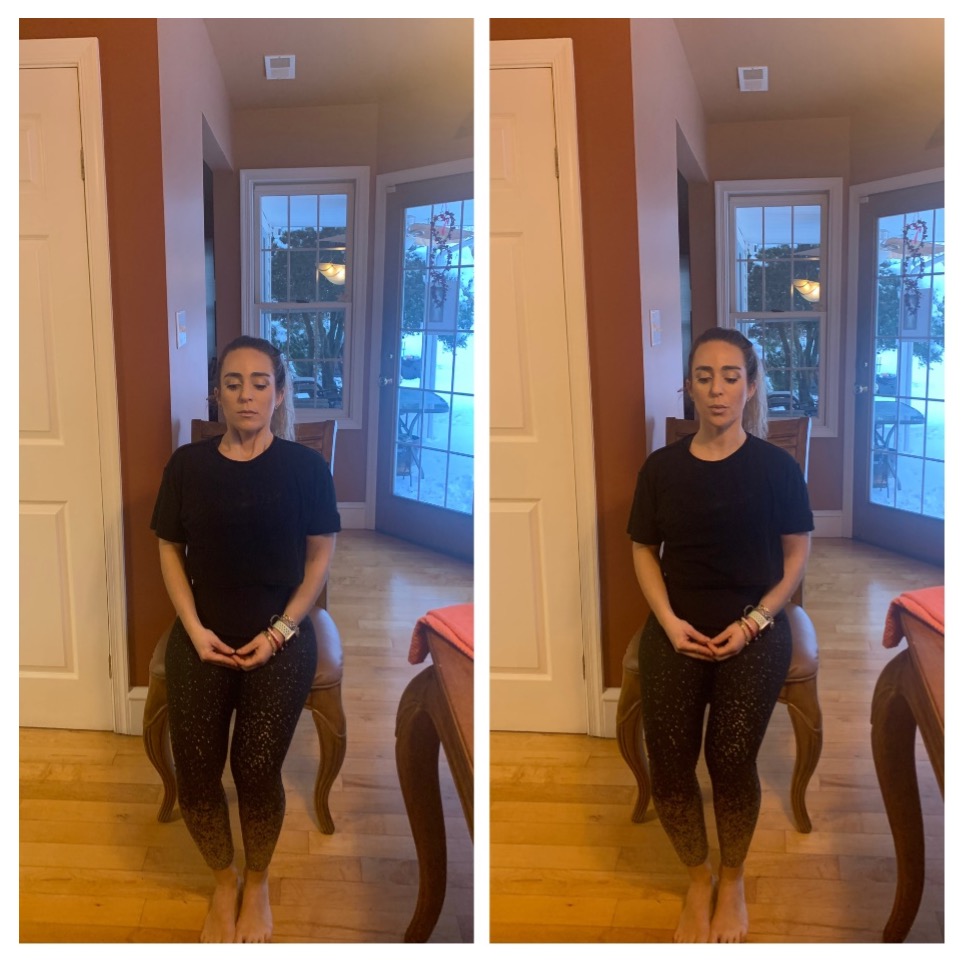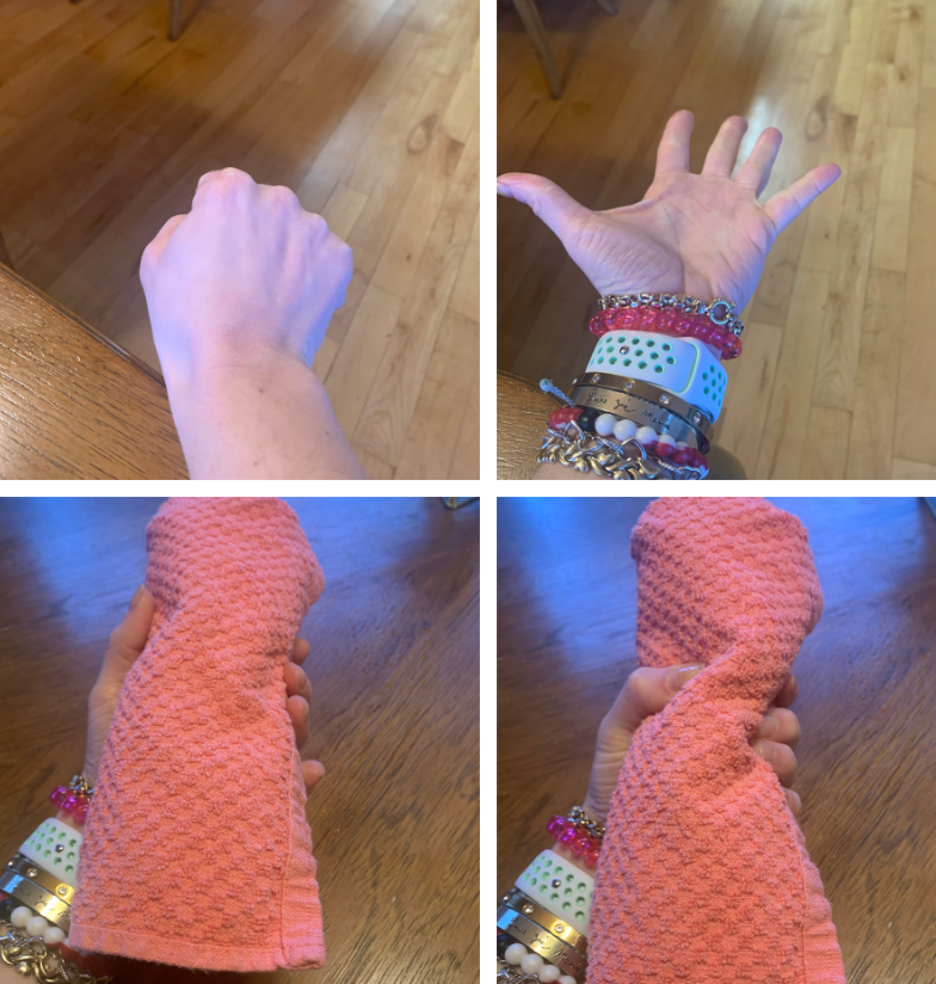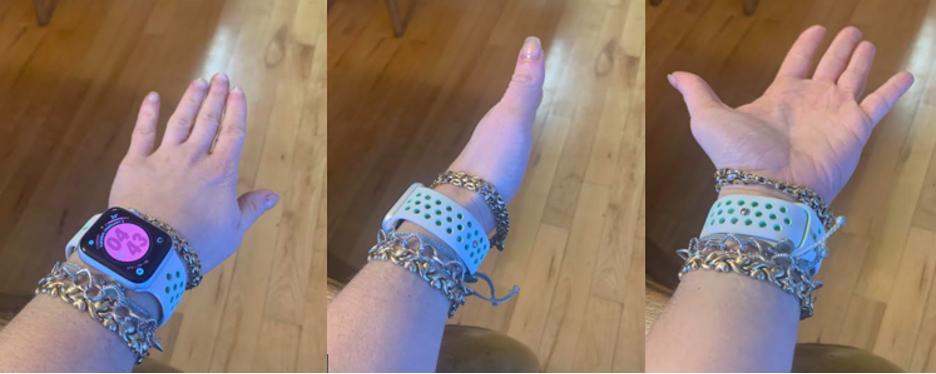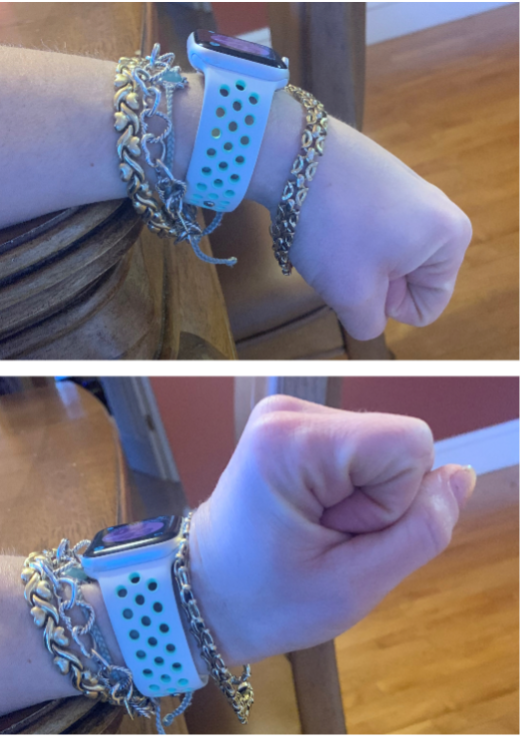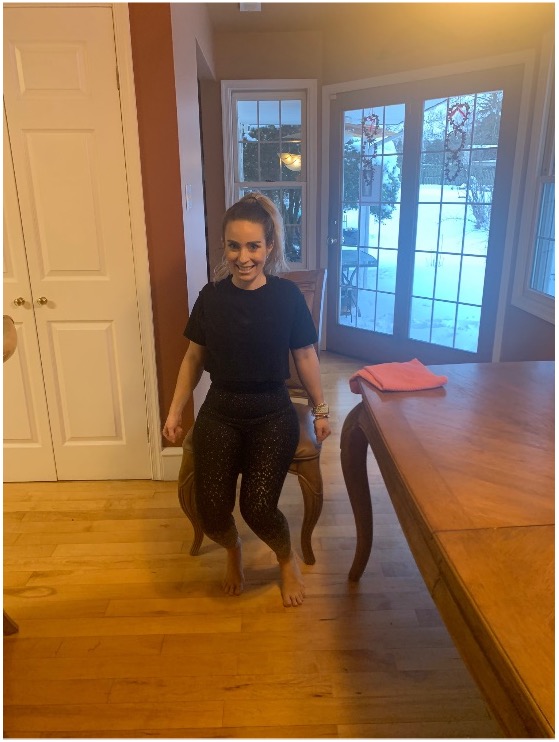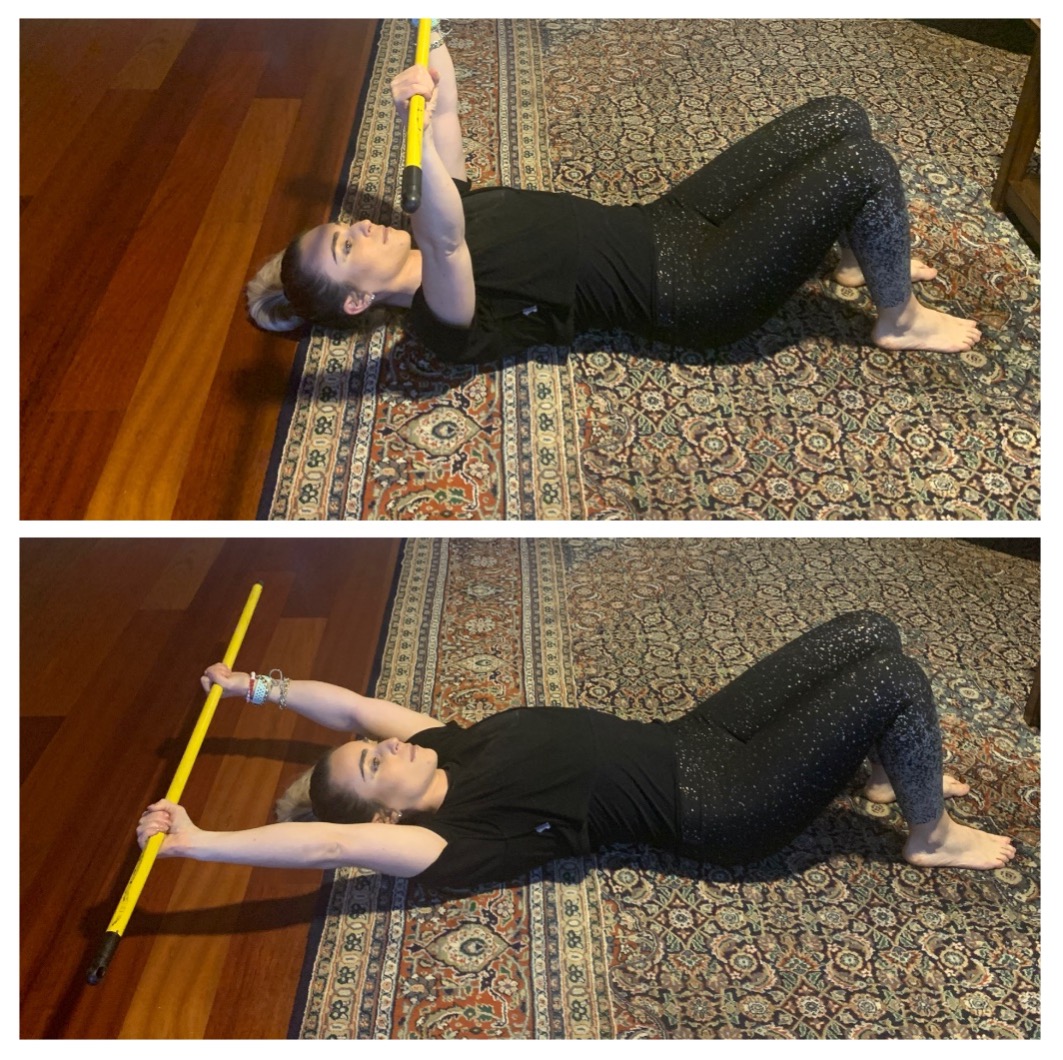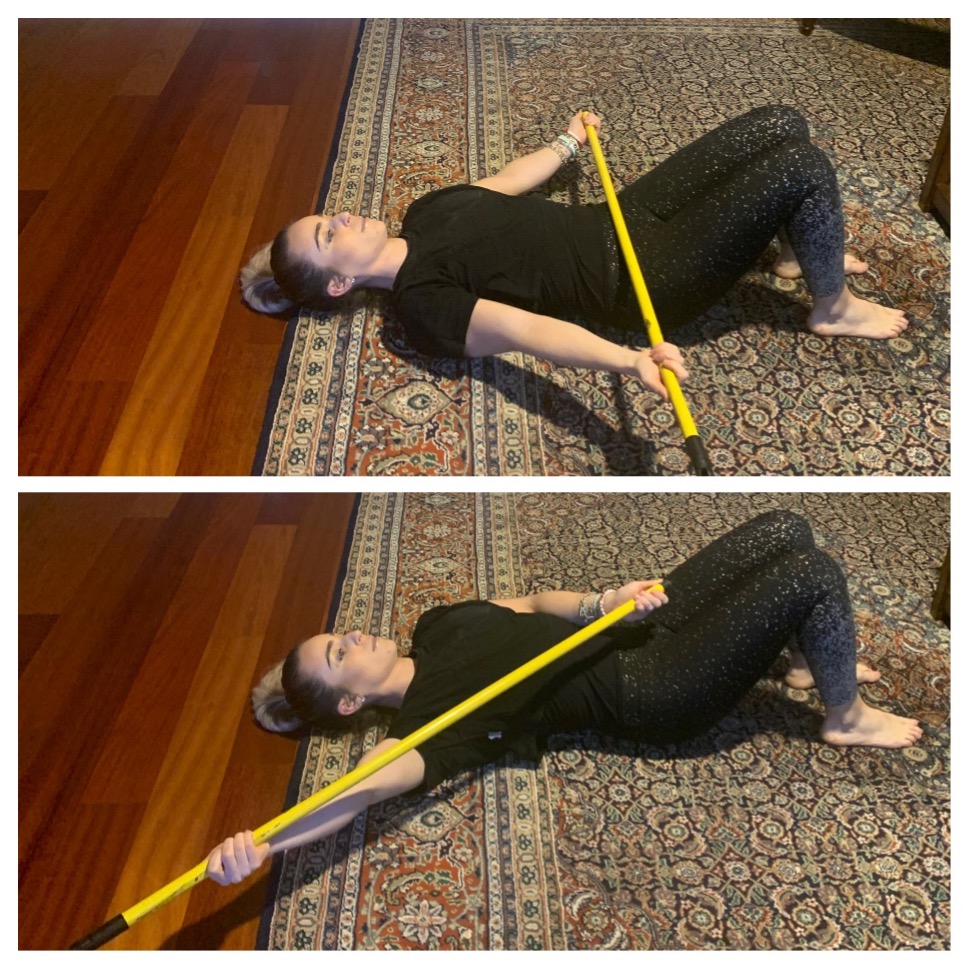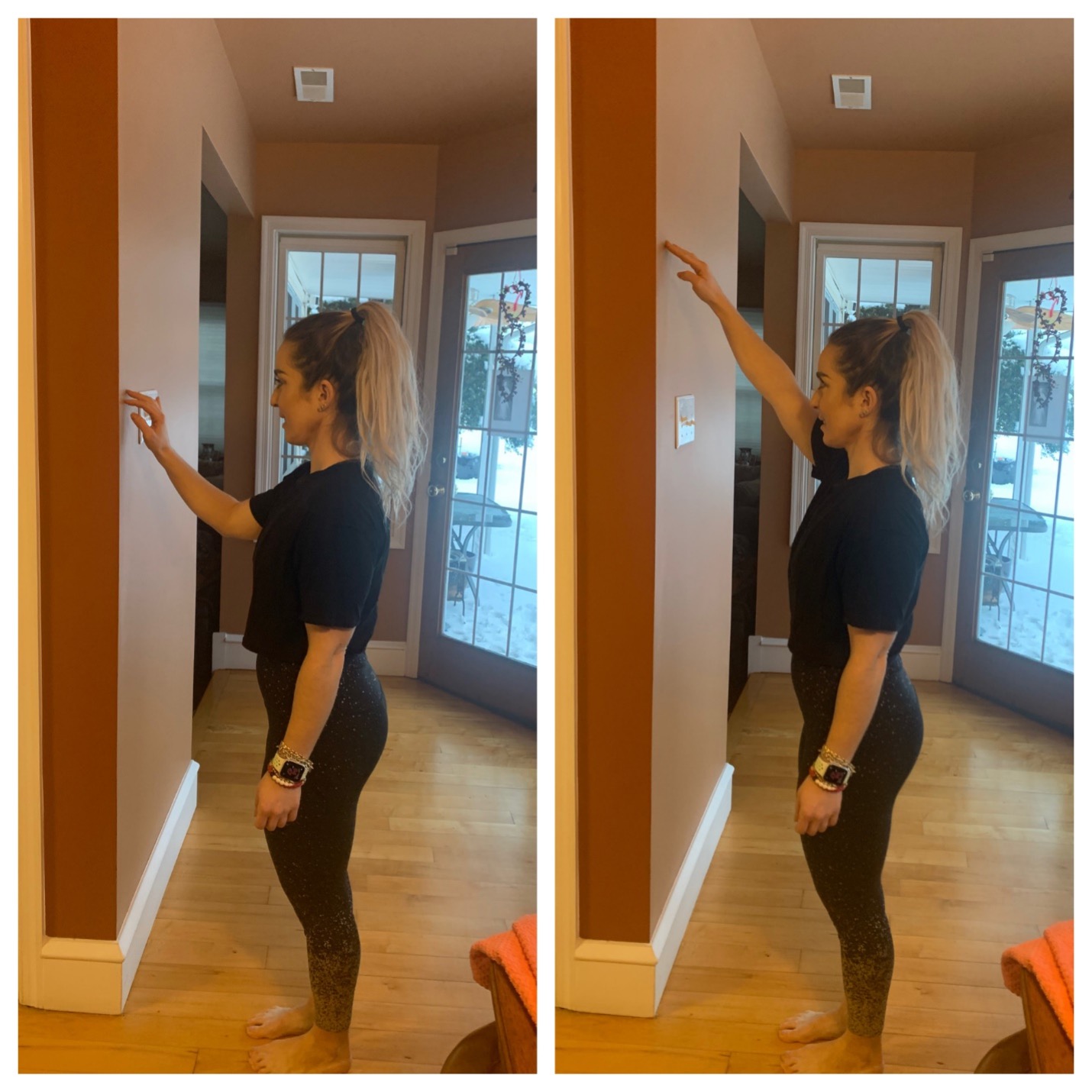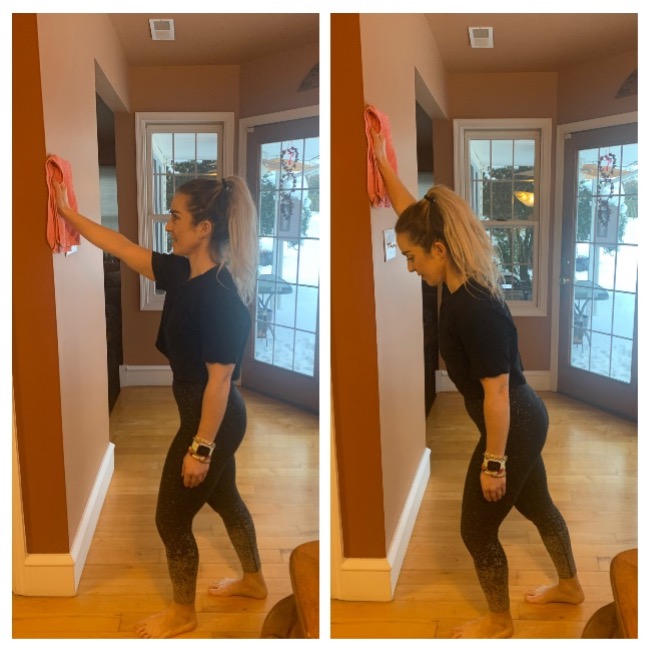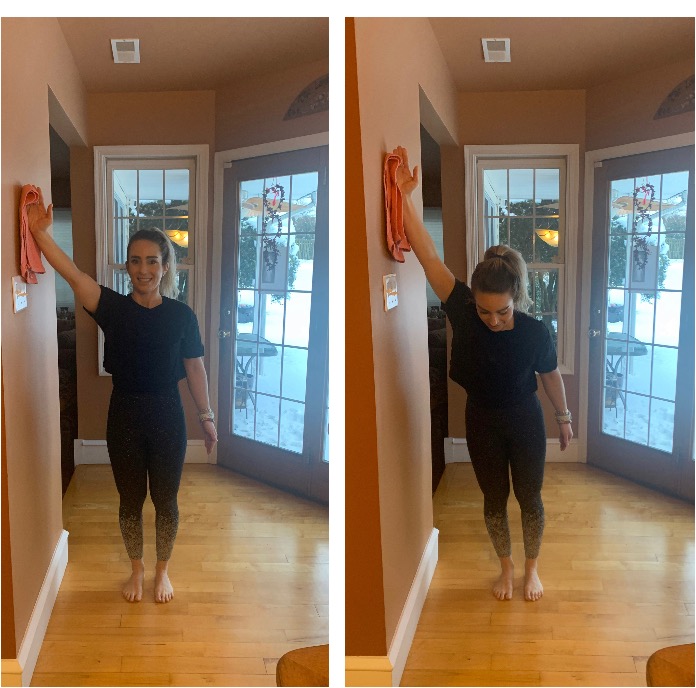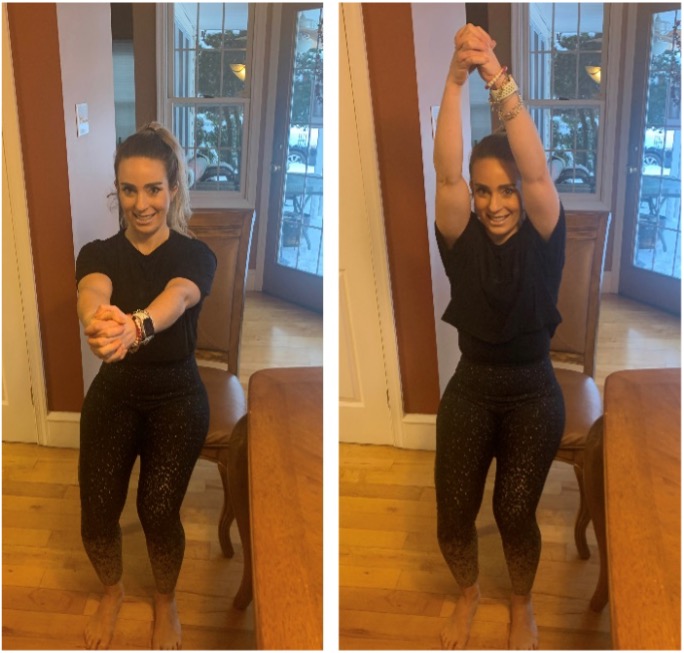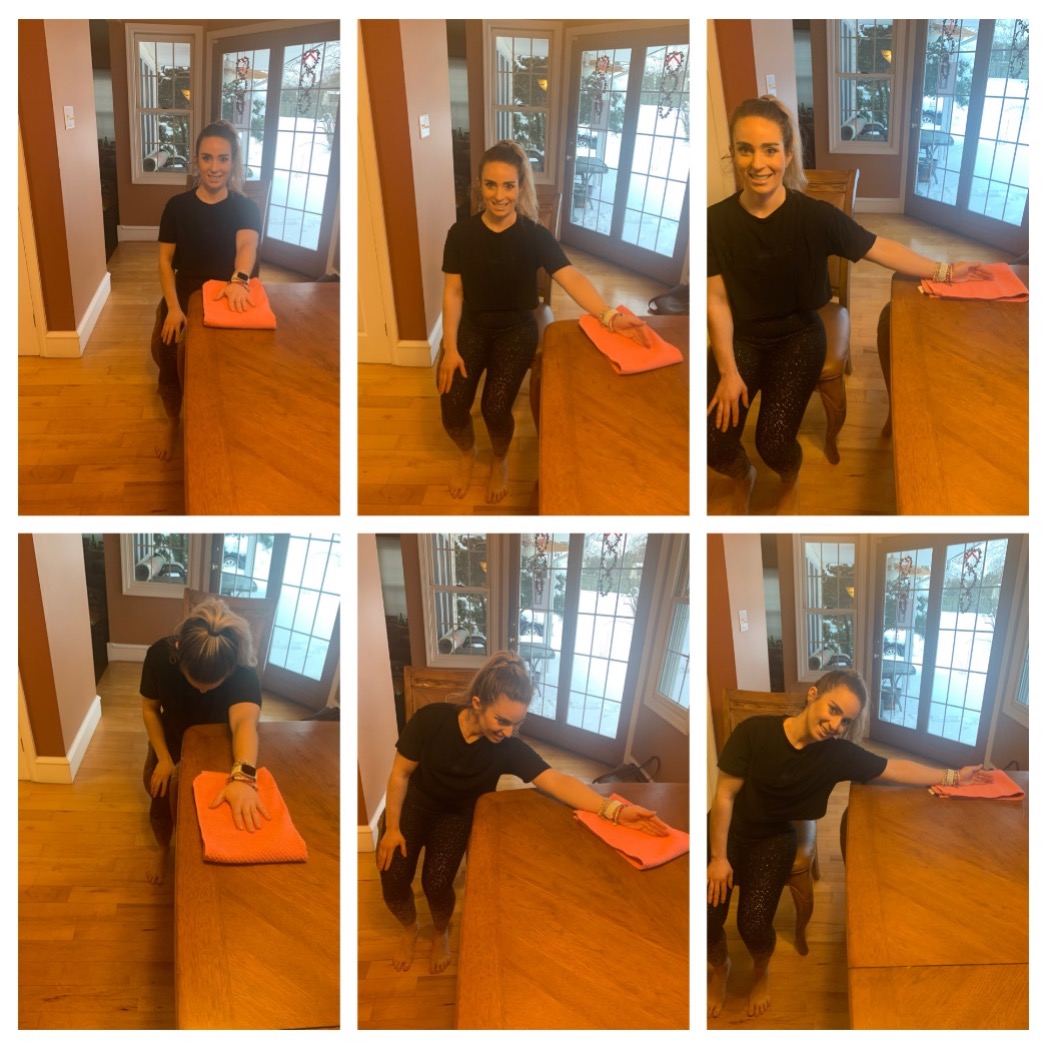Exercises for Individuals with Breast Cancer
Exercise is important at all stages of a cancer diagnosis. Exercise can help improve your overall quality of life, restore mobility and strength, improve cancer-related fatigue symptoms, and exercise may also reduce disease recurrence. Physical activity such as stretching, weight training, and aerobic training can all be included in your plan of care.
If you are new to exercise or have just had surgery, you should check with your provider before starting an exercise program. The general recommendation following breast cancer treatment is to use your affected arm to the best of your ability. For example, use your affected arm as you normally would to perform your daily activities like brushing your hair, getting dressed, and eating. However, you may have initial restrictions on lifting/carrying items. Again, ALWAYS check with your provider.
What is Prehab?
Prehab is physical therapy that is done before starting treatment. Current research does support that prehabilitation has been shown to be a safe and effective intervention as part of your cancer treatment, and it may even lead to optimizing outcomes. Benefits include:
- Helping to establish baseline measures, levels of function, and developing a plan of care.
- Helping you return to your usual activities quicker.
- Possibly lowering the chance of losing range of motion in your arms after treatment.
Prehab typically consists of exercises to improve mobility, strength, and endurance before treatment.
After Treatment
After you receive your breast cancer treatment, you want to make sure to speak with your care team prior to starting exercises. You will need medical clearance before you start to exercise. Exercise is usually started a week or more after surgery. Your plan for physical therapy may include exercises to improve your flexibility, body composition, and activity tolerance. Exercise can also help reduce cancer-related fatigue both during and after cancer treatment. In addition, exercise can help reduce pain associated with treatment, and exercise has also been shown to improve your emotional/mental health. Exercise may include:
- Stretching exercises to improve mobility in your arms.
- Resistance training to help improve strength in your arms and core muscles.
- Strengthening your muscles will help stabilize joints - particularly the ones in your shoulder girdle - so you can perform your daily activities.
- Exercises that target your core and posture will help on your road to recovery.
- Cardiovascular exercise to help improve your heart health and aerobic capacity.
There are a variety of different types of exercises that you can do. Below are some examples of exercises you can do before, during, and after treatment. Just check with your provider first!
Deep Breathing
- Sit in a comfortable position.
- Gently, take a deep breath.
- Inhale through your nose, filling your belly with air.
- Exhale through your mouth.
You can perform 3-5 deep breaths- whatever is comfortable for you!
Elbow, Wrist, and Hand Wrist Exercises
Opening/Closing Hand
- Sit or stand upright.
- Gently make a fist then open your hand.
- Perform 1-2 sets, 10 times slowly.
Gripping Exercise
- Sit or stand upright.
- Place a small towel in your hand.
- Gently, squeeze the object.
- Relax.
- Perform 1-2 sets, 10 times slowly.
Wrist Pronation/Supination
- Sit or stand upright.
- Rotate your hand and forearm so that the palm of your hand points downward and then SLOWLY rotate it to point upward.
- Repeat 10-15 times.
*Keep your elbow bent and by the side of your body. Your arm can rest on the armrest of the chair if need be*
Wrist Flexion/Extension
- Sit or stand upright.
- Rotate your hand and forearm so that the palm of your hand points downward and then SLOWLY rotate it to point upward.
- Repeat 10-15 times.
*Keep your elbow bent and by the side of your body. Your arm can rest on the armrest of the chair*
Bicep Curls
- Sit upright in a sturdy chair.
- Bend your elbow and move your forearm upwards. You can perform the exercise with your thumb up (top) or with your wrist up (bottom).
- Hold at the top for 1-2 seconds.
- Slowly lower your arm down.
- Perform 10-15 times.
*You can use your stronger arm to help your weaker arm*
Scapula Exercises
Shoulder Rolls
- Sit or stand upright.
- Move your shoulders in a circular pattern.
- Perform 10-15 reps slowly in both clockwise and counterclockwise directions.
Scapula Retraction
- Sit or stand upright.
- Squeeze your shoulder blades together.
- Hold for 3-5 seconds.
- Relax.
- Perform 10-15 times.
Shoulder Range of Motion Exercises
Shoulder Flexion with Wand- Active Assisted
- Lie on your back with your knees bent. This position (knees bent) helps support your lower back.
- Place something like a PVC pipe, old broomstick, or cane in your hands.
- Using your stronger arm, gently move your arms backward (towards your head) until you feel a stretch.
- Hold that position for 5-10 seconds.
- Relax.
- Repeat 5-10 times.
Shoulder Abduction with Wand- Active Assisted
- Lie on your back with your knees bent. This position (knees bent) helps support your lower back.
- Place something like a PVC pipe, old broomstick, or cane in your hands.
- Using your stronger arm, gently move your arms out to the side until you feel a stretch. Remember, to only go as far as you can. Do NOT force the stretch.
- Hold that position for 5-10 seconds.
- Relax.
- Repeat 5-10 times.
Shoulder Flexion- Wall Walk
- Stand upright.
- Slowly crawl your hand up the wall.
- When you feel a stretch, stop.
- Hold that position for 5-10 seconds.
- Relax.
- Repeat 5-10 times.
Shoulder Flexion- Wall Slide
- Standing upright about 6-12 inches away from the wall.
- Place a towel under your hand. Place your arm out in front of you.
- Gently slide your arm upright.
- When you feel a stretch, stop.
- Hold the stretch for 5-10 seconds. As you regain more mobility, you can gently lean into the wall as well to get a better stretch.
- Relax.
- Repeat 5-10 times.
Shoulder Scaption- Wall Slide
- Stand upright next to a wall.
- Place a towel under your hand. Place your arm at about 45 degrees.
- Gently slide your arm upright.
- When you feel a stretch, stop.
- Hold the stretch for 5-10 seconds. As you regain more mobility, you can gently lean into the wall as well to get a better stretch.
- Relax.
- Repeat 5-10 times.
Shoulder Flexion- Active-Assisted (Weight-Baring Position)
- Stand upright. Rest your arm on a table.
- Place a towel under your hand. Gently slide your arm forward.
- Hold the stretch for 5-10 seconds.
- Relax.
- Repeat 5-10 times.
AAROM Shoulder Flexion
- While sitting in a chair, clasp the hand of the affected arm.
- Slowly raise it up and towards overhead. Use your stronger arm to help raise the weaker side.
- Hold the stretch for 3-5 seconds.
- Relax.
- Repeat 5-10 times.
Table Slides- Flexion, Scaption, and Abduction
Flexion (Left top/bottom)
- Sitting in a chair, rest your arm on a table.
- Place a towel under your involved hand.
- By moving your body (leaning forward) gently slide your arm forward.
- Hold the stretch for 5-10 seconds.
- Relax.
- Repeat 5-10 times.
Scaption (Middle top/bottom)
- Sitting in a chair, rest your arm on a table.
- Place a towel under your involved hand.
- Place your arm at a 45-degree angle. By moving your body, gently slide your arm forward.
- Hold the stretch for 5-10 seconds.
- Relax.
- Repeat 5-10 times.
Abduction (Right top/bottom)
- Place the chair to the side of the table.
- Sitting in a chair, rest your arm on a table.
- Place a towel under your involved hand.
- By moving your body, gently slide your arm to the side.
- Hold the stretch for 5-10 seconds.
- Relax.
- Repeat 5-10 times.
References
Kilbreath SL, Refshauge KM, Beith JM, et al. Upper limb progressive resistance training and stretching exercises following surgery for early breast cancer: a randomized controlled trial. Breast Cancer Res Treat. 2012;133(2):667–76. Retrieved from: https://pubmed.ncbi.nlm.nih.gov/22286332/
Nilsson H., Angerås U., Bock D., et al: Is preoperative physical activity related to post-surgery recovery? A cohort study of patients with breast cancer. BMJ Open 2016; 6: pp. e007997 Retrieved from: https://bmjopen.bmj.com/content/bmjopen/6/1/e007997.full.pdf
Santa Mina RKin, D. PhD, Brahmbhatt BKin P, Lopez BKin C, et al. The case for prehabilitation prior to breast cancer treatment. PM&R. 2017;9(9S2):305-316. Retrieved from: https://pubmed.ncbi.nlm.nih.gov/28942905/
Wirtz P, Baumann F.T. Physical activity, exercise and breast cancer - what is the evidence for rehabilitation, aftercare, and survival A review.Breast Care. 2018;13(2):93. Retrieved from: https://pubmed.ncbi.nlm.nih.gov/29887785/
